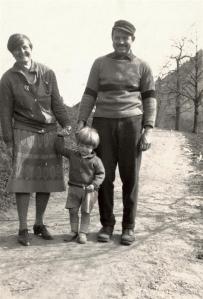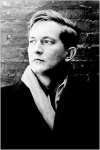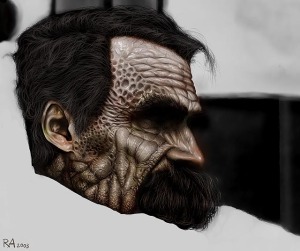I’m currently re-reading Lie Down In Darkness by William Styron. It’s the book my ‘literary’ book club is reading this month. The other book club of which I am a member is more of a non-fiction group. It tends to read physics, psychology, history, economics, etc. But I managed to convince them to read a novel last time: Hemingway’s The Sun Also Risess, his first novel – and I think his greatest. (In Our Time, a collection of short stories, was his first book, and I think perhaps his greatest book. The strange thing about Hemingway is that he never got any better than his first books. Maybe that’s why he eventually blew his brains out.)
The non-fiction book group absolutely hated the Hemingway book. They found nothing redeeming about it at all. Their chief complaint (as far as I can tell, since they hated the book so much they didn’t want to talk about it) is that it was about a bunch of characters they did not care about who did nothing but drink, play and bitch at each other. (Drinking being the main motif, as it is in most Hemingway books. No one can make constant drinking seem more natural and right than Hemingway.)
So, this made me re-think why I like The Sun Also Rises so much that I have read it at least three times. (And I do not often re-read books.) And the reasons I came up with point to why literature is important, particularly to a propagandist. They are:
1. The tone of the book: Hemingway perfectly captures the emotional tone of a particular time, place and group of people. No book better captures the Lost Generation. I like the Lost Generation because it produced the greatest art of the 20th Century, as great losses tends to do. (Which is the reason why there are so many good Southern writers, the South having suffered a tremendous loss in the Civil War and particularly during the period after the war euphemistically named “The Reconstruction” by the occupying Yankee forces. I once heard a great woman of Southern descent say, “People say the United States is so fortunate to never have been invaded or occupied by a foreign power. Well, that depends on where you are from!”)
2. The point of view: All Hemingway books see the world through the lens of a stoic, brutally honest man who is committed to engaging with the world – not because he gets any satisfaction from engaging, but simply because it is what honorable men are supposed to do. I like this point of view.

Earnest Hemingway with his first wife, Hadley, and child, Bumby, in 1926, the year "The Sun Also Rises" was published.
3. Deft use of symbols: Hemingway cut something like 40,000 words from The Sun Also Rises in an attempt to capture everything about a particular time and place – all of the emotional, spiritual and psychological aspects – in the fewest possible words. Physicists consider the simplest explanation to be the most elegant. The same applies to art, I think, which is why I like Hemingway’s sparse style.
These same three things are what makes Lie Down in Darkness good, as well. Styron’s style is more elaborate than elegant, but the style fits the book’s tone and point of view. The point
is, both Styron and Hemingway knew the right type of symbols to use for a particular situation. (There is also a lot of drinking in Styron’s book, but is it presented as anything but natural and right. In fact, it is the tragic flaw in two of the three main characters, madness being the flaw in the third. Lie Down In Darkness is a book about the South, where drinking and madness are venerated traditions.)
Literature is important to the propagandist because it teaches him how to use symbols skillfully to set a tone and present a believable point of view that will connect with his target audience. Not because it teaches us moral or life lessons – the pages of most works of literature are peopled with scalawags and scamps – but because it teaches us how to use words in ways that communicate more than the sum of their face value. It teaches us how to skillfully manipulate symbols to generate an emotional response, rather than a strictly rational one. (And a strictly rational response may not always be the right or health choice. The best choices blend rational and emotional information.)
And I think this goes a long way toward explaining why my “rational” book club did not like Hemingway. The content of The Sun Also Rises is almost entirely emotional, and not even healthy emotions. There are no life lessons to learn from this book. You are not a better person for having read it. You may be a more aware person, but not necessarily a better one.
Since most buying decisions are based on satisfying an emotion that we cover in patina of reason for public consumption, knowing how to generate an emotional response with marks on a page is a very useful skill for the propagandist.
And that is why literature matters.








